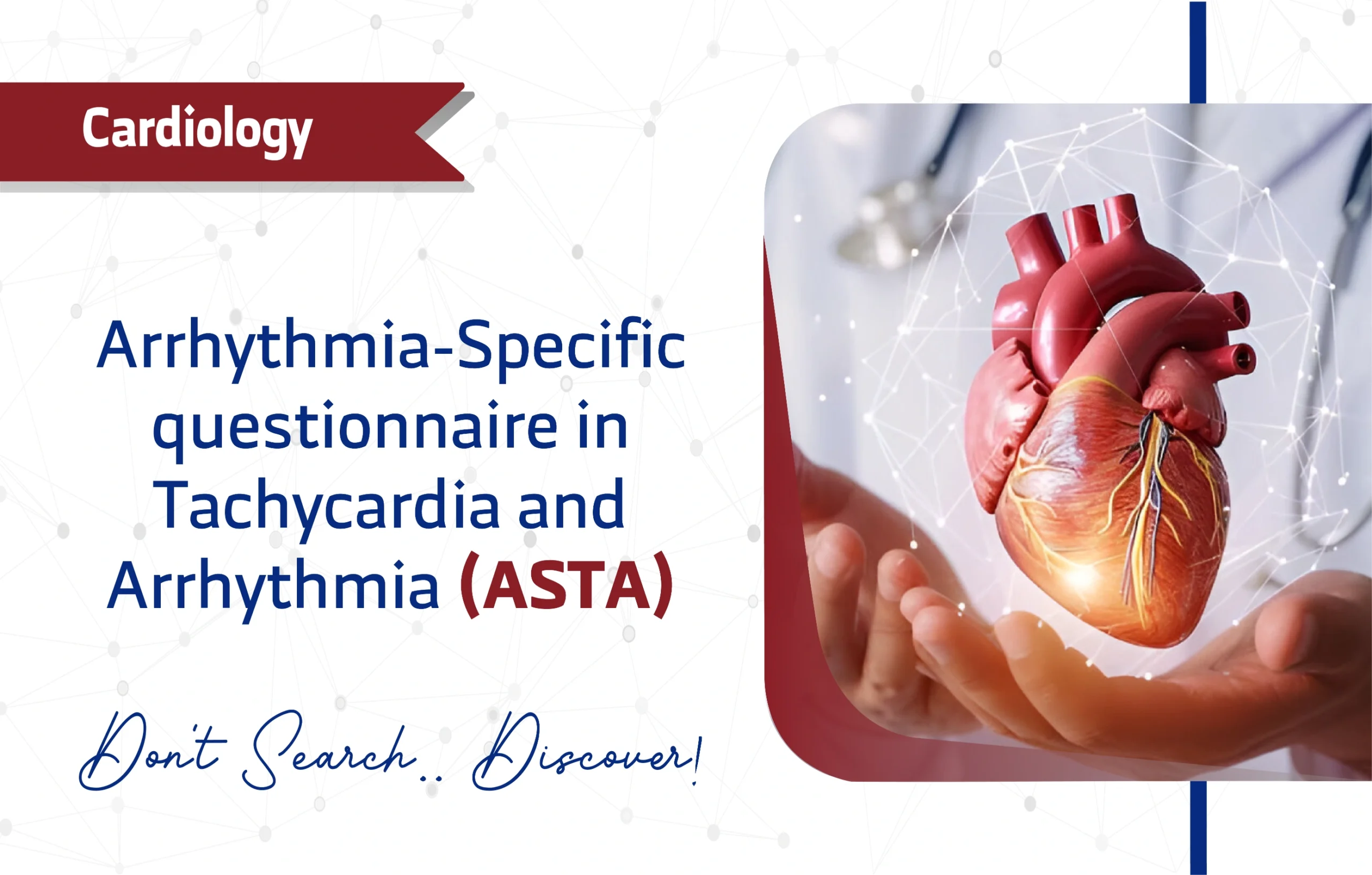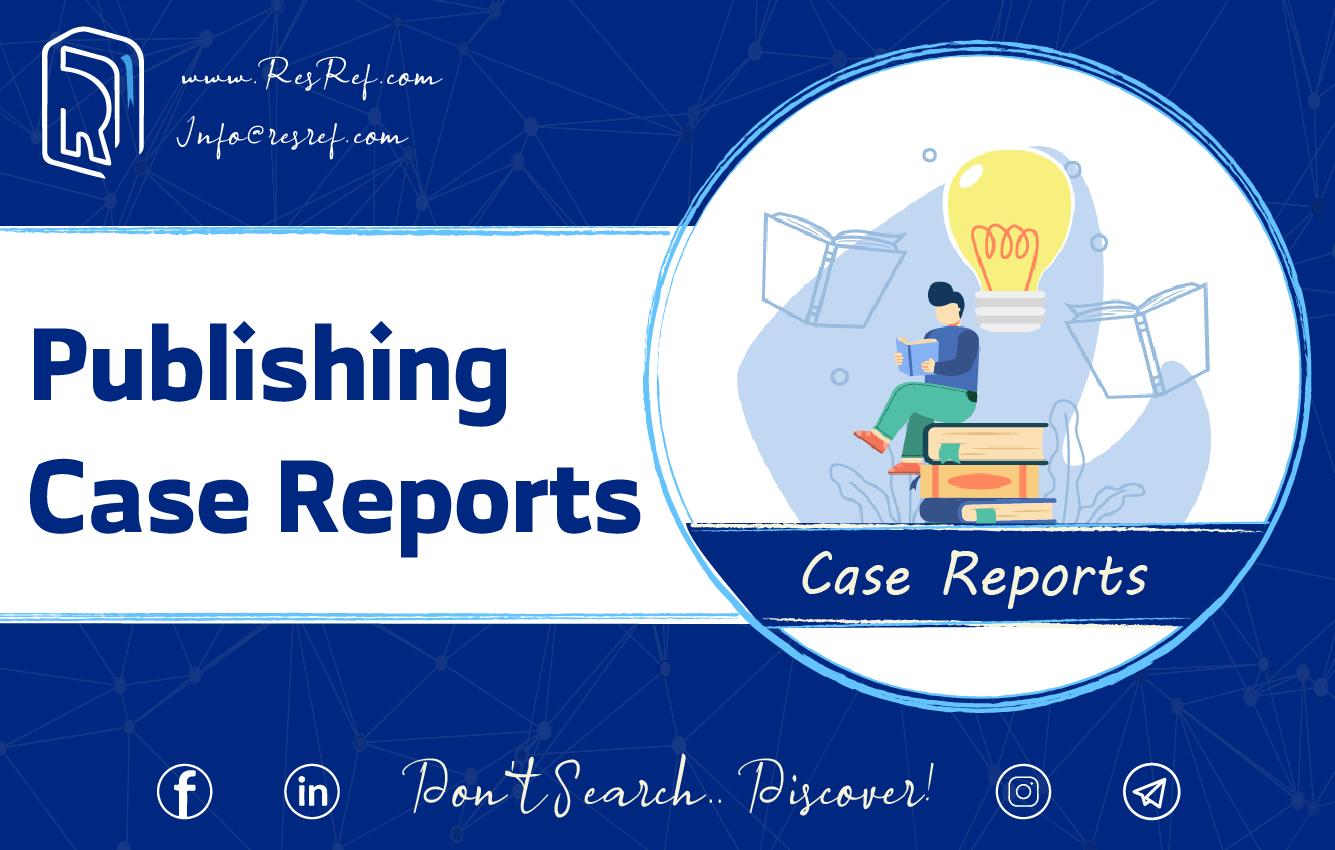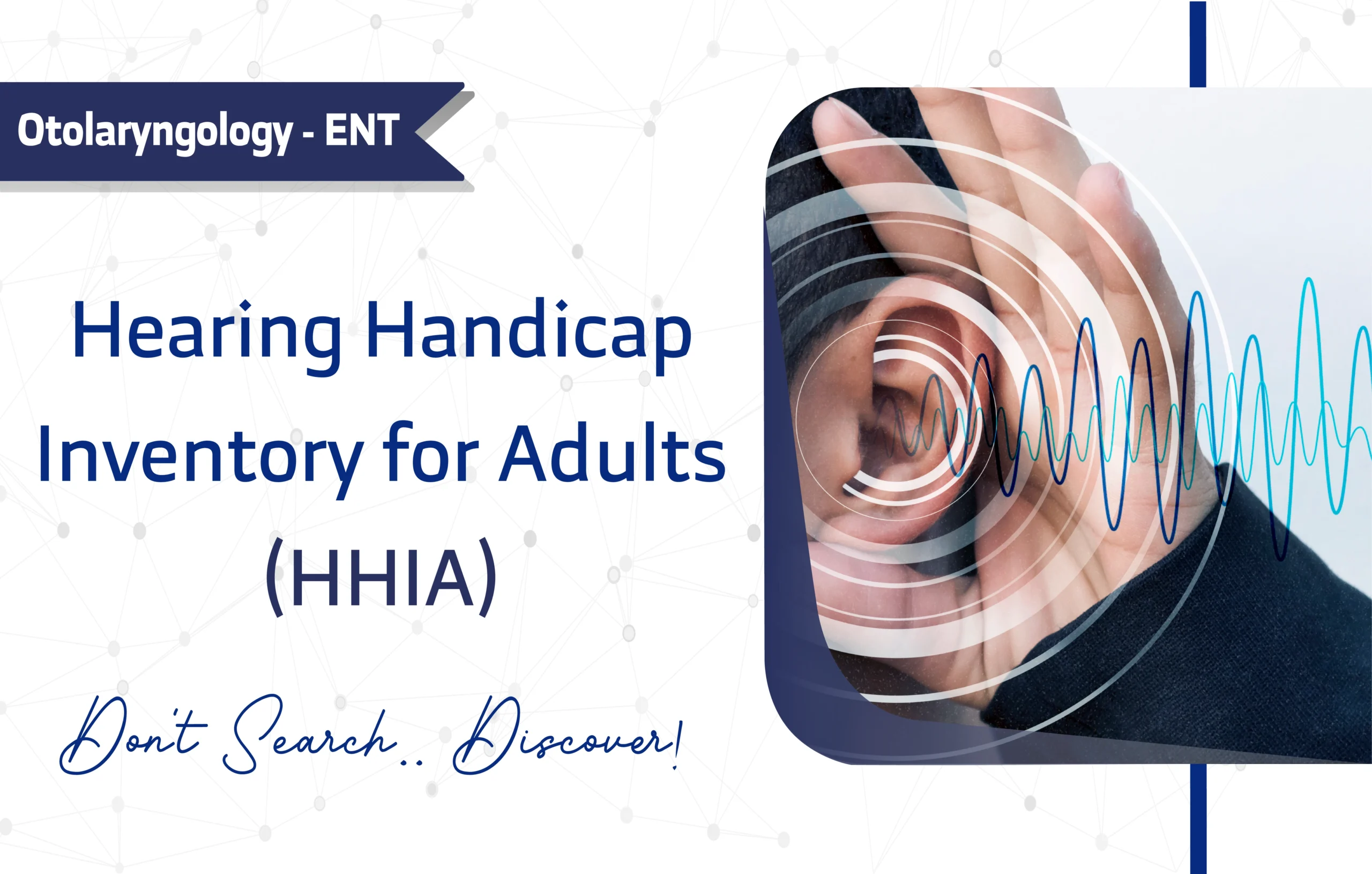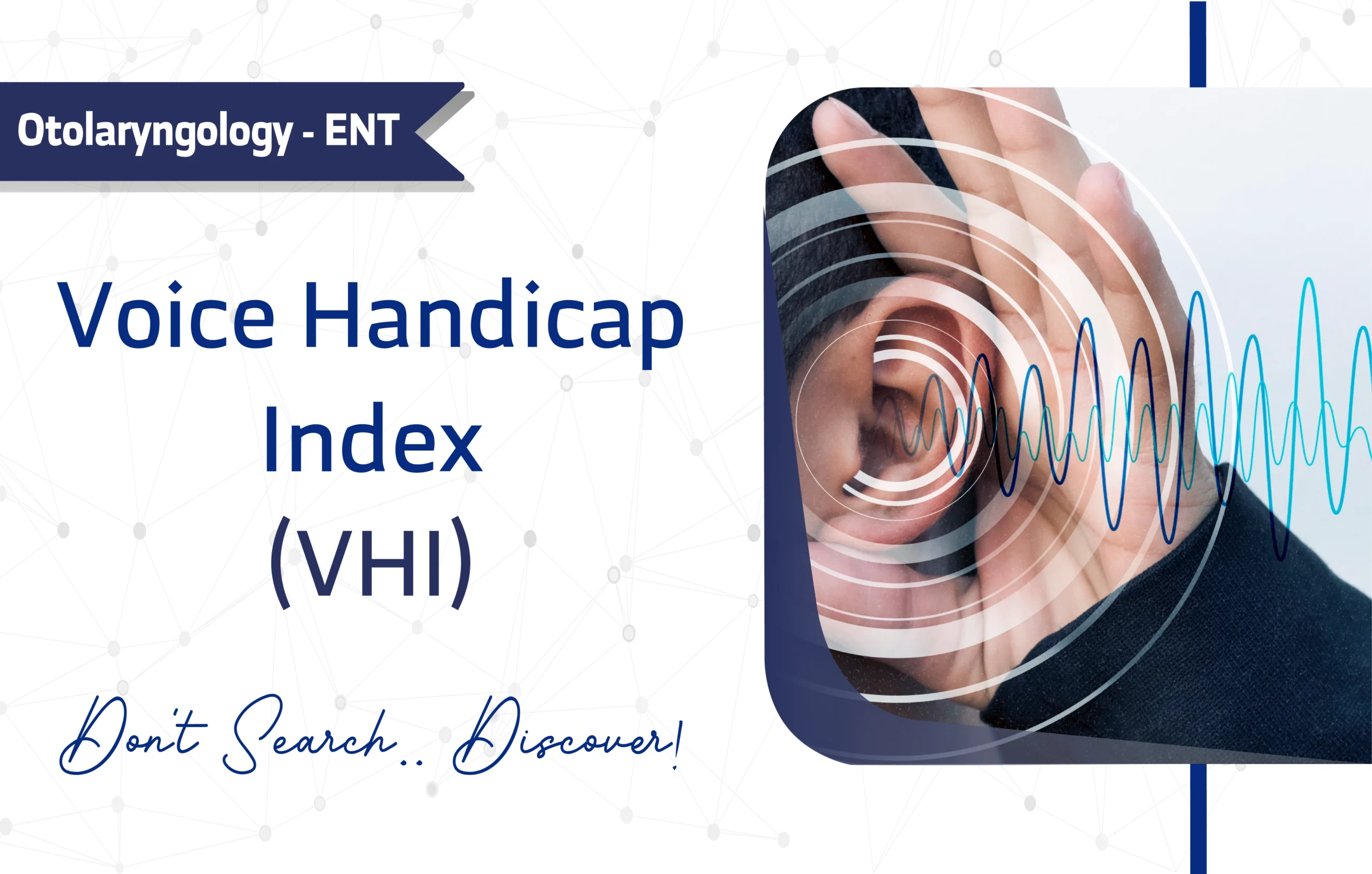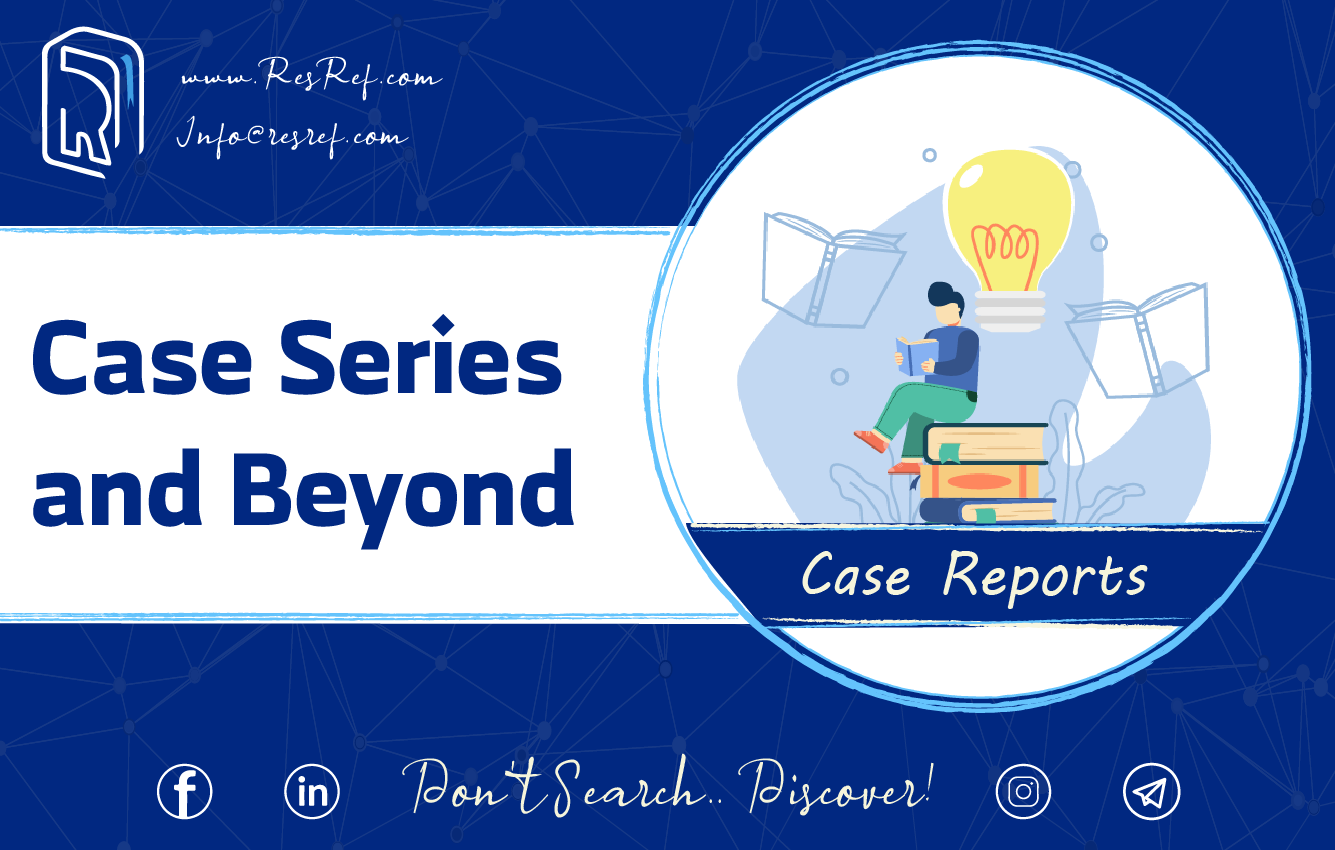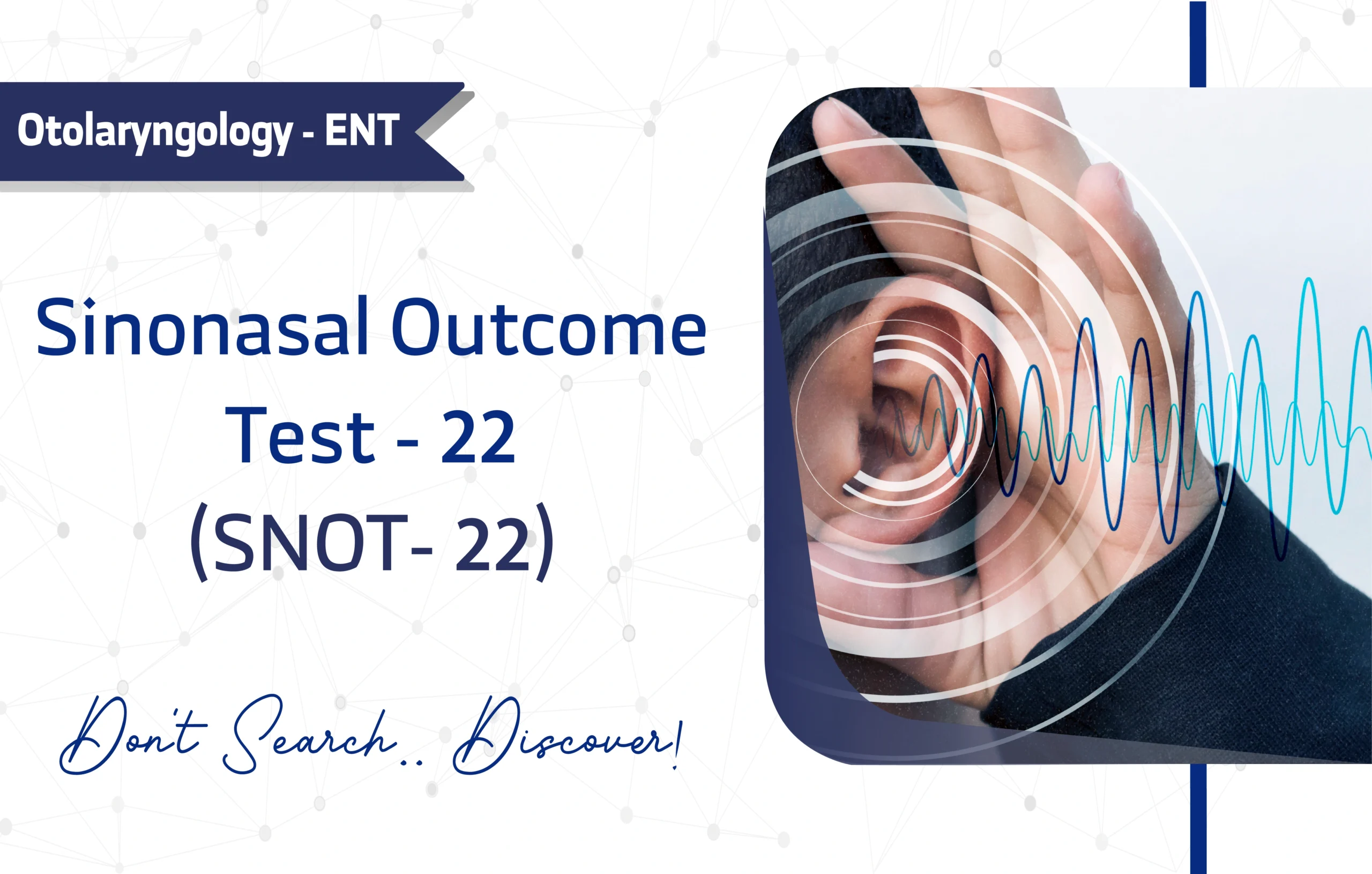Introduction
Arrhythmias, particularly tachycardia, significantly affect patients’ health-related quality of life (HRQoL) and daily functioning. Consequently, clinicians and researchers need effective tools to assess these impacts. The Arrhythmia-Specific Questionnaire in Tachycardia and Arrhythmia (ASTA), developed by Ulla Walfridsson, Kristofer Arestedt, and Anna Stromberg at Linköping University, Sweden, addresses this need. Initially crafted for its HRQoL scale in 2011 and fully validated with a symptom burden scale in 2012, ASTA has earned more than 70 citations on Google Scholar. As a result, professionals widely use it to gain actionable insights into symptom severity and the overall impact of arrhythmia on patients’ lives.
This article explores the ASTA questionnaire’s structure, scoring, validation, and applications. By doing so, it equips experts with a thorough understanding, thereby enabling better patient management and rigorous scientific inquiry in cardiac health.
Key Features of the Arrhythmia-Specific questionnaire in Tachycardia and Arrhythmia (ASTA)
Purpose and Use
Developed and owned by Ulla Walfridsson and colleagues at Linköping University, the ASTA questionnaire assesses symptom burden and HRQoL in individuals with arrhythmias, especially tachycardia. Clinicians actively use it to monitor changes in patients’ conditions over time and screen for significant arrhythmia-related disability. Moreover, researchers rely on ASTA for clinical trials and epidemiological studies in cardiology. For instance, it quantifies symptom severity, which directly supports tailored interventions for better patient outcomes.
Target Population
The ASTA questionnaire suits adults aged 18 and older, including:
- Young Adults (18–24 years)
- Middle-Aged Adults (25–44 years)
- Older Adults (45–64 years)
- Seniors (65+ years)
Its validation for tachycardia and other arrhythmias ensures relevance across diverse adult populations.
Structure
The ASTA questionnaire comprises 22 core items, divided into two main scales (symptom burden, HRQoL), along with 2 standalone items for syncope and near-syncope which are scored separately, that leaves us with a total of 24 items.
- Symptom Scale (9 items): This section assesses the presence and severity of specific arrhythmia-related symptoms, including:
- Breathlessness during activity
- Breathlessness at rest
- Dizziness
- Cold sweats
- Fatigue
- Tiredness
- Chest pain
- Chest pressure/discomfort
- Worry or anxiety
- Health-Related Quality of Life (HRQoL) Scale (13 items): Assesses the impact of arrhythmia on daily functioning and well-being, split into:
- Physical subscale (7 items): Focuses on physical functioning and daily limitations
- Mental subscale (6 items): Measures emotional and psychological effects
- Additional Symptom Items (2 items): Assesses near syncope (scored as 3 points if “Yes”) and syncope (scored as 6 points if “Yes”), Importantly, these items are scored separately as critical clinical indicators and are not included in the total scores of the main scales.
Scoring Method
Understanding the scoring methodology of the ASTA questionnaire is essential for accurate interpretation and clinical application.
ASTA Symptom Burden Scale Scoring
Each of the 9 items in the Symptom Burden Scale is rated on a 4-point Likert scale: (0 = No, 1 = Yes, to a certain extent, 2 = Yes, quite a lot, 3 = Yes, a lot). The raw score is calculated by summing the scores of all nine items, ranging from a minimum of 0 (no symptom burden) to a maximum of 27 (highest symptom burden).
To standardize results and facilitate comparison, raw scores can be transformed to a 0–100 scale using the formula:
Transformed Score = ((Raw Score − Minimum Possible Score) ÷ (Maximum − Minimum)) × 100
For instance, a raw score of 13 would be transformed to approximately 48.15 indicating a moderate symptom burden.
A higher transformed score consistently reflects a greater symptom burden.
ASTA Health-Related Quality of Life (HRQoL) Scale Scoring
The HRQoL scale, comprising 13 items, is divided into 2 subscales:
- Physical Subscale (7 items).
- Mental Subscale (6 items).
Each item also uses the same 4-point Likert scale as the symptom burden scale.
Raw score ranges for the HRQoL scale are as follows:
- Physical Subscale: 0 to 21
- Mental Subscale: 0 to 18
- Total HRQoL Score: 0 to 39
Similarly, each subscale and the total score can be transformed to a 0–100 scale using the aforementioned formula. Importantly, higher scores on the HRQoL scale indicate a more negative impact of arrhythmia on quality of life.
Additional Symptom Items: Near Syncope and Syncope
The two additional symptom items, near syncope and syncope, are scored separately:
- Near Syncope (No = 0, Yes = 3).
- Syncope (No = 0, Yes = 6).
These scores are interpreted individually to capture the severity of these critical clinical indicators and are not integrated into the total scores of the main scales.
Interpretation and Clinical Application of ASTA Scores
Higher scores across the ASTA scales consistently indicate greater symptom burden or a more significant impairment in quality of life due to arrhythmia. The standardized scoring system provides clinicians with a powerful tool to assess baseline symptom severity and HRQoL, monitor changes over time, and evaluate the effectiveness of various interventions. Furthermore, standardized scores significantly facilitate comparison across studies and populations, enhancing research utility. It is noteworthy that there are no fixed clinical cut-off scores established for ASTA.
Administration Format
ASTA offers flexibility through:
Paper-based forms
Digital (online) platforms
In-person interviews
No specialized training is required, making it accessible for self-administration in 5–10 minutes.
Applications of Arrhythmia-Specific questionnaire in Tachycardia and Arrhythmia (ASTA)
ASTA supports multiple applications:
Screening: It identifies patients with significant arrhythmia-related symptoms.
Monitoring: It tracks changes in symptom severity and HRQoL over time.
Research: It provides standardized outcome measures for arrhythmia intervention studies.
For example, clinicians use ASTA to evaluate treatment efficacy, while researchers compare HRQoL across cohorts. Its arrhythmia-specific focus sets it apart from generic tools like the SF-36.
Languages and Availability
To ensure global accessibility, ASTA is available in:
- English
- Spanish
- Portuguese
- Swedish
- Polish
This multilingual support enhances its utility in diverse clinical and research contexts.
Reliability and Validity
The ASTA questionnaire demonstrates high reliability and validity, confirmed by rigorous psychometric evaluation. With a Cronbach’s alpha of 0.80, it exhibits strong internal consistency, confirming that its items reliably measure the intended constructs. Researchers have thoroughly validated ASTA across diverse arrhythmia populations, ensuring its robust psychometric properties and applicability in various clinical contexts. Validation studies include:
- The original validation study: Study link.
- Another validation study: Study link.
- Validation of the English version: Study link.
Limitations and Considerations
Despite its strengths, ASTA has limitations:
Self-report measure: Subjective perceptions or social desirability bias may influence responses.
Cultural Bias: Some items may not fully resonate across all cultural contexts.
Limited Validation Studies: Although robust, additional studies could further enhance its applicability in diverse populations.
Cost and Licensing
The questionnaire is free for non-commercial use under an open access license and available upon request from Ulla Walfridsson, Linköping University at ulla.walfridsson@lio.se
Other Versions and Related Questionnaires
Researchers and clinicians may find it useful to be aware of other questionnaires that are similar or complementary to the ASTA, such as:
- EHRA Symptom Checklist: European Heart Rhythm Association classification of AF symptoms.
- SF-36: Short Form 36 Health Survey – generic HRQoL
These related instruments provide additional options for researchers.
Additional Resources
For further exploration, consider these resources:
- Access the original validation study: Study link.
- Another validation study: Study link.
- Validation of the English version: Study link.
- Validity and Reliability Studies of the Indonesian Version: Study link
- Translation and Validation of the ASTA to the Brazilian Context: Study link.
- A Brazilian Portuguese translation, cultural adaptation and validation: Study link.
- For inquiries, contact Ulla Walfridsson at: walfridsson@lio.se
Access to the full ASTA questionnaire is not freely available online. It is typically provided to researchers or clinicians upon request, often for use in academic or clinical studies. If you’re interested in obtaining the questionnaire, it is advisable to contact the original authors or the institutions involved in its development, to inquire about access permissions and usage guidelines.
Frequently Asked Questions (FAQ)
- Who can use the ASTA questionnaire?
Clinicians, researchers, and healthcare providers use ASTA for adults (18+) with arrhythmias, especially tachycardia. - How long does it take to complete the ASTA?
Patients typically complete ASTA in 5–10 minutes, making it practical for clinical and research settings. - How is the ASTA administered?
It can be administered via paper-based forms, digital platforms, or in-person interviews. - Is there any cost to using the ASTA?
ASTA is free for non-commercial use. For commercial or funded projects, contact Ulla Walfridsson for permission at ulla.walfridsson@lio.se.
A word from ResRef about Arrhythmia-Specific questionnaire in Tachycardia and Arrhythmia (ASTA)
ASTA quantifies arrhythmia-related symptoms and their impact, bridging patient experiences with clinical decisions. Consequently, it supports better outcomes and informed treatment strategies in research and care.
References
- Walfridsson U, Arestedt K, Stromberg A. Development and validation of a new Arrhythmia-Specific questionnaire in Tachycardia and Arrhythmia (ASTA) with focus on symptom burden. Health Qual Life Outcomes. 2012 Apr 30;10:44. doi: 10.1186/1477-7525-10-44. PMID: 22545926; PMCID: PMC3430592. Study link.
- Ulla W, Anna S, Årestedt K. Development and validation of an arrhythmia-specific scale in tachycardia and arrhythmia with focus on health-related quality of life. J Cardiovasc Nurs. 2015 Mar-Apr;30(2):98-108. doi: 10.1097/JCN.0000000000000149. PMID: 24763354. Study link.
- Walfridsson U, Walfridsson H, Middeldorp ME, Sanders P, Årestedt K. Validation of the English version of the arrhythmia-specific questionnaire in tachycardia and arrhythmia (ASTA): a Rasch evaluation study. J Patient Rep Outcomes. 2022 Aug 26;6(1):90. doi: 10.1186/s41687-022-00493-4. PMID: 36018513; PMCID: PMC9418394. Study link.
- Yamin M, Salim S, Setiati S, Pudianto AP, Zulmiyusrini P, Tondas AE, Antono D, Ginanjar E, Mansjoer A, Azizi MS, Nachrowi AP, Sukardi R, Alwi I. Validity and Reliability Studies of the Indonesian Version of Arrhythmia-Specific Questionnaire in Tachycardia and Arrhythmia (ASTA). Acta Med Indones. 2023 Apr;55(2):165-171. PMID: 37524602. Study link
- Cannavan PMS, Cannavan FPS, Walfridsson U, Lopes MHBM. Translation and Validation of the Arrhythmia-Specific Questionnaire in Tachycardia and Arrhythmia (ASTA) to the Brazilian Context: An Instrument Focusing on Arrhythmia Symptoms. Cardiol Res Pract. 2020 Apr 10;2020:1402916. doi: 10.1155/2020/1402916. PMID: 32351731; PMCID: PMC7171627. Study link.
- Cannavan PMS, Cannavan FPS, Oliveira HC, Walfridsson U, Lopes MHBM. A Brazilian Portuguese translation, cultural adaptation and validation of the Arrhythmia-Specific questionnaire in Tachycardia and Arrhythmia (ASTA) health-related quality of life (HRQOL) scale. PLoS One. 2021 Aug 27;16(8):e0256851. doi: 10.1371/journal.pone.0256851. PMID: 34449831; PMCID: PMC8396783. Study link.


